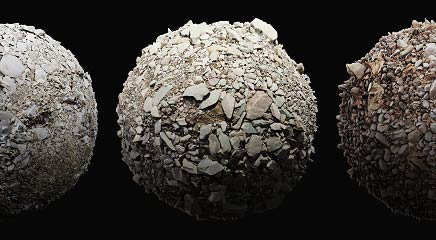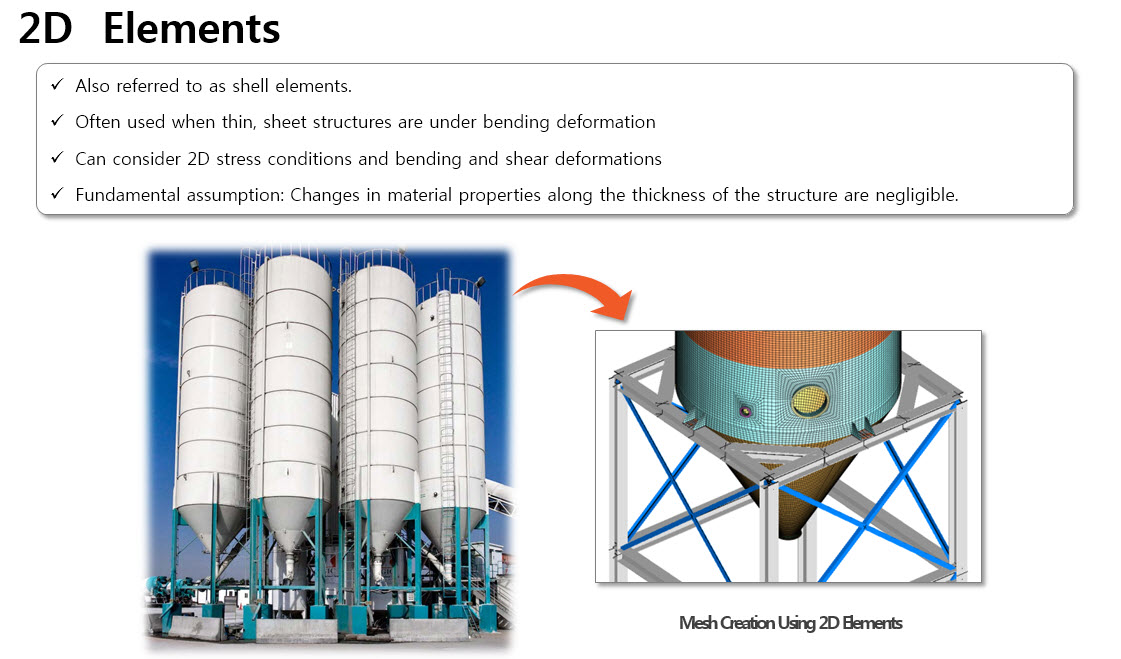

And, after adding the manhole, the other elements redistributed accordingly. Notice that leaves can be easily deleted from the surface, as both textures and geometry are procedurally generated. The images below show a terrain that I procedurally created in Substance Designer. Substance Painter, as well as Substance Designer, are examples of material-authoring tools.

Different softwares come in handy while using procedural approaches. Using only procedural techniques: This requires some specific knowledge, but allows more freedom in the creation of patterns and distribution of elements by rules.In this case, textures must be treated in 3D software to be correctly mapped on your 3D models (e.g with Photoshop). Using 3D textures (bitmaps) coming from specialized websites: Shutterstock, for instance, provides users with tons of images and textures for every need.Three Common Approaches for Texturing 3D Models PBR has given artists a new way to generate rendered images (and related texture maps) that better represents the way the light behaves in the real world. Today we’ll talk about combining this technique with a more recent and highly in-demand technique- PBR (Physically Based Rendering). While using bitmaps is one of the oldest and most common texturing techniques, the end result may not always stand up to the demands of today’s requirements for realistic 3D models. With the advent of new technologies, there are several tools and techniques that can help artists while texturing. Texturing 3D models has always been a creative process where artists use their own skills and experience in order to produce interesting results in their artworks.

A new way to generate rendered images: let’s discuss combining 3D textures with a more recent technique, Physically Based Rendering.


 0 kommentar(er)
0 kommentar(er)
